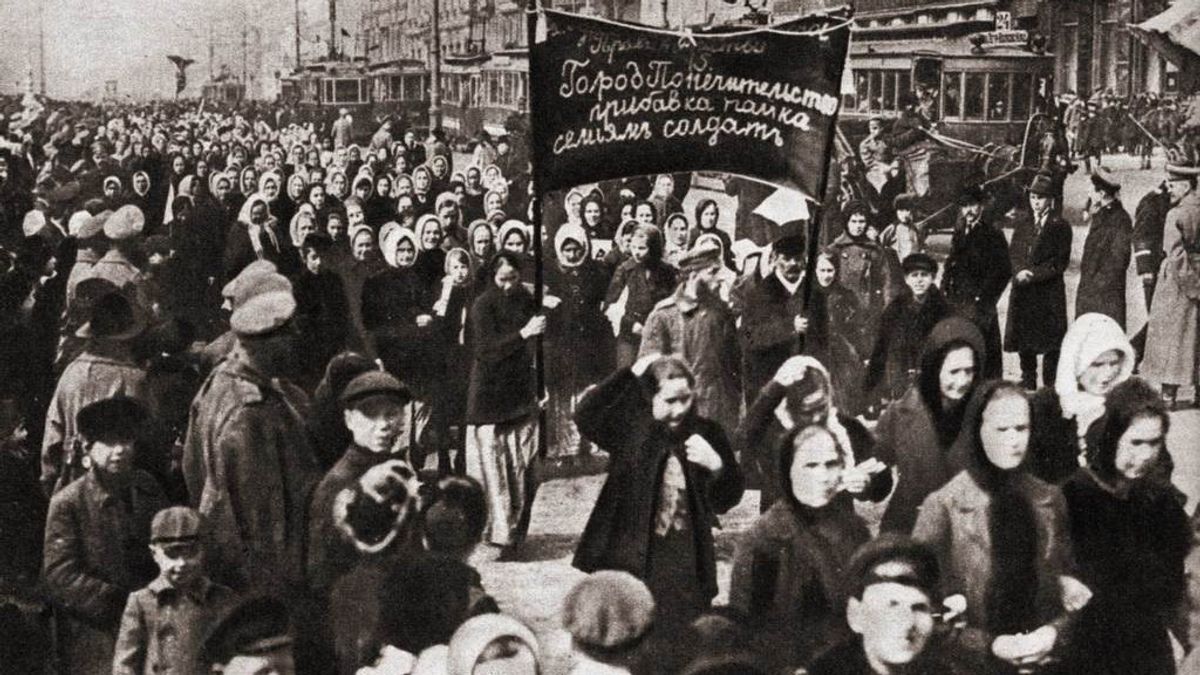JAKARTA - Every March 8, the world commemorates International Women's Day. International Women's Day is a global day celebrating the social, economic, cultural, and political achievements of women. The day also marked calls for accelerating gender equality.
This memorial is witnessed all over the world. Many groups come together to celebrate women's achievements or stage protests for women's equality.
Purple, green, and white are the colors of International Women's Day. Purple signifies justice and dignity. Green symbolizes hope. While white represents purity, it is a controversial concept.
These colors came from the Women's Social and Political Union (WSPU) in England in 1908. This time, the theme for International Women's Day 2021 was "Choose To Challenge". A world full of challenges is a world that requires vigilance.
From the challenges, it is hoped that changes will emerge. Social media was also livened up with the hashtag #ChooseToChallenge.
Individuals and organizations are invited to share #ChooseToChallenge photos with their hands raised. This was done to show commitment in facing challenges.
The challenges referred to are challenges against inequality, voicing bias, questioning stereotypes, to helping each other shape an inclusive world. In addition, the COVID-19 pandemic is a challenge this year.
Therefore, to build a better future from the COVID-19 crisis, we are reminded that we cannot simply return to the world we previously had. Therefore, all women in the world are invited to do something different.
History of International Women's Day
International Women's Day grew out of the labor movement and became an annual event recognized by the United Nations. The seeds were planted in 1908, when 15,000 women gathered in New York City to voice a number of demands.
The demands consist of shorter working hours, better payment, and the right to vote. One year later, the Socialist Party of America declared National Women's Day for the first time.
The idea for a more global warning came from a woman named Clara Zetkin. The idea she conveyed at the International Conference of Working Women in Copenhagen in 1910.
There are one hundred women from 17 countries there. They agreed to Zetkin's suggestion unanimously.
International Women's Day was then celebrated for the first time on March 19, 1911. At that time Austria, Denmark, Germany, and Switzerland became the foremost countries to celebrate this anniversary.
Shifted to March 8
International Women's Day was celebrated on March 19, the last week of February, April 15, and February 23. The dates are constantly shifting. Then how did International Women's Day finally be celebrated on March 8?
The motive of the shift to March 8 occurred in Russia. Prior to the Revolution, Russia had not yet adopted the Gregorian calendar, which was introduced by Pope Gregory XIII in 1582 to reduce errors in the Julian calendar.
On February 23, 1917, women in Russia staged a protest and went on strike. The rebellion forced Tsar Nicholas II to abdicate. The interim government then gave women the right to vote.
That important day, in the calendar of other European countries that use the Gregorian calendar, is March 8. Since 1914, one of the European countries, namely Germany, decided to commemorate International Women's Day every March 8.
Apart from coinciding with the descent of the last Tsar in the Russian Empire, March 8, 1914, also falls on a Sunday. Most people take days off and it's okay to stage action or protest because they don't have to leave their job.
After that, March 8 is regularly celebrated as Women's Day. In 1975, the United Nations (UN) began celebrating International Women's Day.
The first theme adopted by the United Nations was "Celebrating the Past, Planning for the Future". International Women's Day has become a time to celebrate how far women have come in society, both in politics and the economy.
Meanwhile, the political roots of the day mean strikes and organized protests to raise awareness of the continuing inequality. Speaking of equality, 19 November was celebrated as Men's Day.
The beginning of the commemoration occurred in the 1990s. However, the UN did not acknowledge the warning. People celebrate in more than 60 countries, including Great Britain.
The aim of the day is "to focus on the health of men and boys, improve gender relations, promote gender equality and highlight positive male role models."
https://www.bbc.com/news/world-51666668
photo: Woman in Russia staging a protest in 1917. Wikimedia Commons
The English, Chinese, Japanese, Arabic, and French versions are automatically generated by the AI. So there may still be inaccuracies in translating, please always see Indonesian as our main language. (system supported by DigitalSiber.id)








